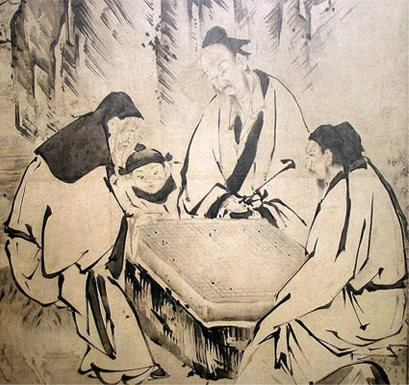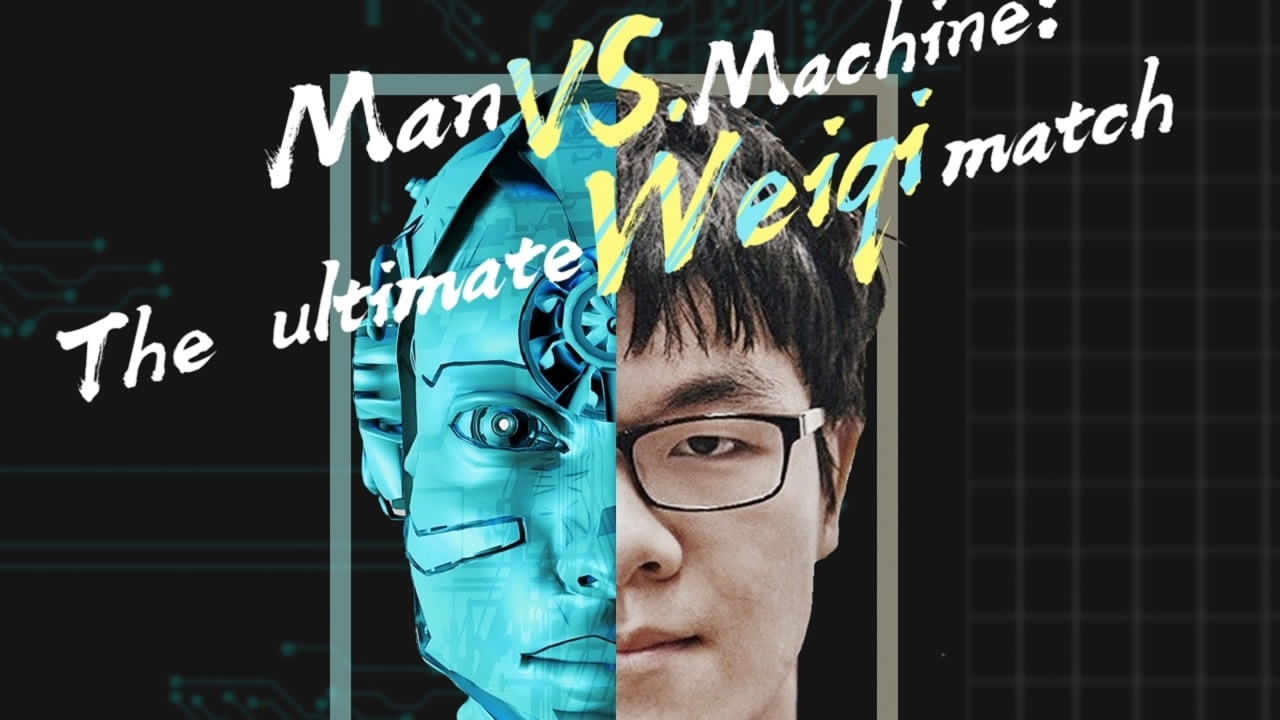By CGTN's Lisa Chiu
The game of Go, also known as Weiqi (围棋), has fascinated players in Asia and around the world for at least two millennia.
Played on a 19-by-19 square board, the game is essentially a fight for territory. Black and white stones are placed on intersections, and players try to surround the opposite color with their pieces. The player who takes more than 50 percent of the board wins the game.
Learn how to play Go like a pro
The ancient game got a boost in popularity in March last year after AlphaGo defeated top Go champion — and human — Lee Se-dol of South Korea.
“You look at a situation and you think: If I go here, he goes there… that process is called reading. It’s a thing that gets more difficult as we age… which is one of the reasons why little kids can get to be quicker than adults,” Andy Okun, president of the American Go Association said.
“Strong players learn at 5 and go into intensive training at 8, and become pro at 16. They have Go boards in their heads.”

A screen painting depicting people of the Ming Dynasty playing weiqi (Go), by Kanō Eitoku. Japan, Momoyama period, 16th century. /VCG Photo
According to the American Go Association, Go is the most complex of all games with more moves than there are subatomic particles in the known universe.
“To give you an idea of how complex it is, Wikipedia notes that there are 10,761 possibilities in Go versus 10,120 in chess — that’s over a one cennovemnonagintillion difference in complexity!” writes Jana Eggers, the CEO of Nara Logics, an Artificial Intelligence consulting company.
AlphaGo far surpassed the work of IBM’s Deep Blue, which beat then reigning chess world champion player Garry Kasparov in 1997 under standard chess tournament time controls. Deep Blue used “brute force” method of computing the best moves -- basically it found every possible move and tested them all until it found wins.
AlphaGo was tracked by using a Monte Carlo tree search, Eggers said. Programmers fed AlphaGo a bunch of games, and the computer isolated all the possible human moves, and which moves were the most likely to win. The computer essentially thought in a more human way. It was a feat in artificial intelligence, Eggers said.
Explaining the science behind AlphaGo
Computer programs aside, many Go players are attracted to the game because of its wide array of moves.
In chess, the center of the board often dominates play as pieces at the center can affect more of the board than when they are on the sides, Okun, of the Go Association, said. While chess is a tactical battle, Go is all about juggling many conflagrations at once, he added.
“The feeling when you’re playing a game of Go is that there are things happening all over the place, you have limited resources in that you can only play in one place at a time… but there are many different battles going on,” Okun said.
“So the kind of thinking you’re doing is less battle and more theater of operations. Chess is the Battle of Agincourt and Go is a bit more like Europe in World War Two… Do I invade the south of France?… How much resources do I put into the bombing campaign?… What about the railways?”
Go is also more forgiving when it comes to making bad moves, he added.
“In chess, you make one mistake and if you’re behind, that’s the end of the game. Go is a protracted game, it has chapters and episodes and you can turn it around,” Okun said.

CGTN's feature page
Related stories:
Man vs Machine: ‘I'll treat AlphaGo as a human,’ says Ke Jie
AI is not new... and it's all around us









